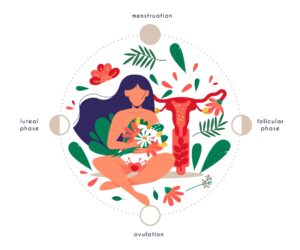The Power of Small Batch Enroll Now Join...
Read MoreYoga for Infertility Among Women
Understanding Infertility and Embracing Yoga as a Path to Healing
For many women, the journey to motherhood can be filled with unexpected challenges. Infertility affects millions of women worldwide, often bringing feelings of frustration, sadness, and isolation. Whether you’re facing difficulty conceiving naturally or going through fertility treatments, the emotional toll can be overwhelming. The good news is that there are holistic approaches, like yoga, that can support your body and mind during this challenging time.
Yoga for infertility offers more than just physical benefits. It provides a nurturing space where you can connect with your inner self, reduce stress, and foster a sense of peace. By integrating specific yoga poses and breathing techniques into your daily routine, you can create an environment that supports fertility, balances your hormones, and strengthens your emotional resilience.
This guide is crafted to help you navigate your infertility journey with compassion and self-love, empowering you to take control of your well-being as you work toward your dream of becoming a mother.
The Connection Between Infertility and Stress
The connection between infertility and stress is well-documented. Stress triggers the release of hormones such as cortisol and adrenaline, which can negatively impact reproductive hormones. This hormonal imbalance can disrupt ovulation in women and sperm production in men. As stress levels rise, the chances of conceiving naturally may decrease, creating a frustrating cycle that can feel difficult to break.
Yoga’s focus on mindfulness and relaxation makes it an ideal practice for reducing stress. By incorporating yoga for infertility into your daily routine, you can create a sense of calm that positively influences your reproductive health.
The Science Behind Yoga and Infertility
Yoga for infertility is grounded in science. It is more than just physical exercise; it’s a practice that:
- Balances Hormones: Yoga influences the endocrine system, which helps regulate hormones crucial for reproductive health.
- Reduces Stress: By lowering cortisol levels, yoga helps mitigate the effects of stress, which can interfere with fertility.
- Improves Blood Flow: Specific yoga poses enhance circulation to the pelvic region, supporting reproductive organ function.
Scientific research supports the benefits of yoga for fertility. A study published in the Journal of Yoga’s ability to lower stress hormones, regulate the menstrual cycle, and improve overall health makes it a powerful tool in the journey toward conception
Essential Yoga Poses for Combating Infertility
Certain yoga poses are particularly effective in combating infertility. These poses focus on opening the hips, improving circulation, and calming the nervous system. Here are some essential poses to include in your practice:
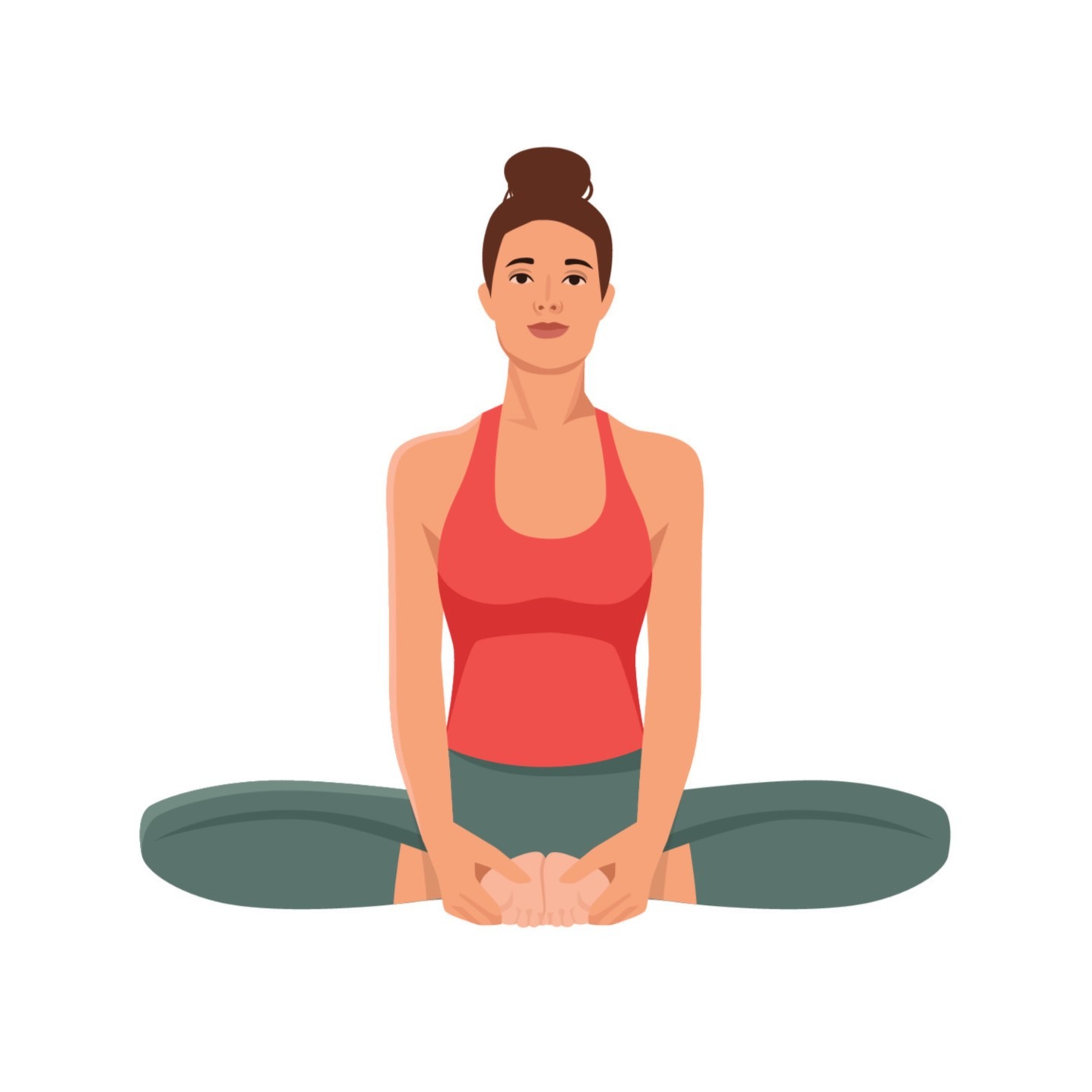
Baddha Konasana (Butterfly Pose)
The Butterfly Pose is one of the most effective poses for improving blood flow to the pelvic region. It stretches the inner thighs and hips, enhancing flexibility in the groin area.
How to Perform: Sit on the floor with your legs extended. Bring the soles of your feet together, allowing your knees to fall to the sides. Hold your feet with your hands and gently press your knees toward the floor. Maintain a straight back and breathe deeply for 1-2 minutes.
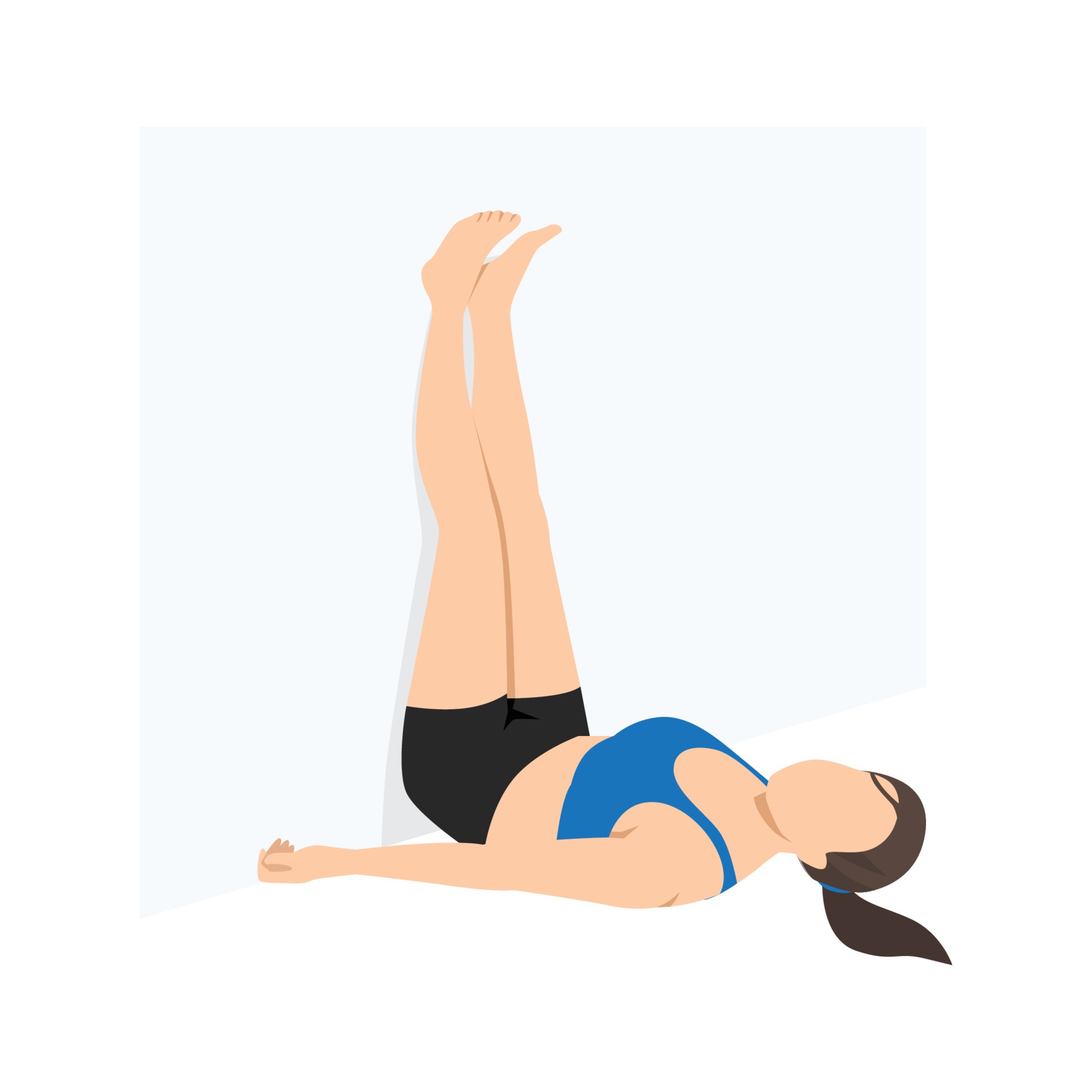
Viparita Karani (Legs Up the Wall Pose)
This restorative pose helps calm the mind and body, reduces stress, and increases blood flow to the reproductive organs.
How to Perform: Lie on your back with your legs extended up the wall. Position your hips as close to the wall as possible. Allow your arms to rest by your sides with palms facing up. Close your eyes and focus on your breath, holding the pose for 5-10 minutes.
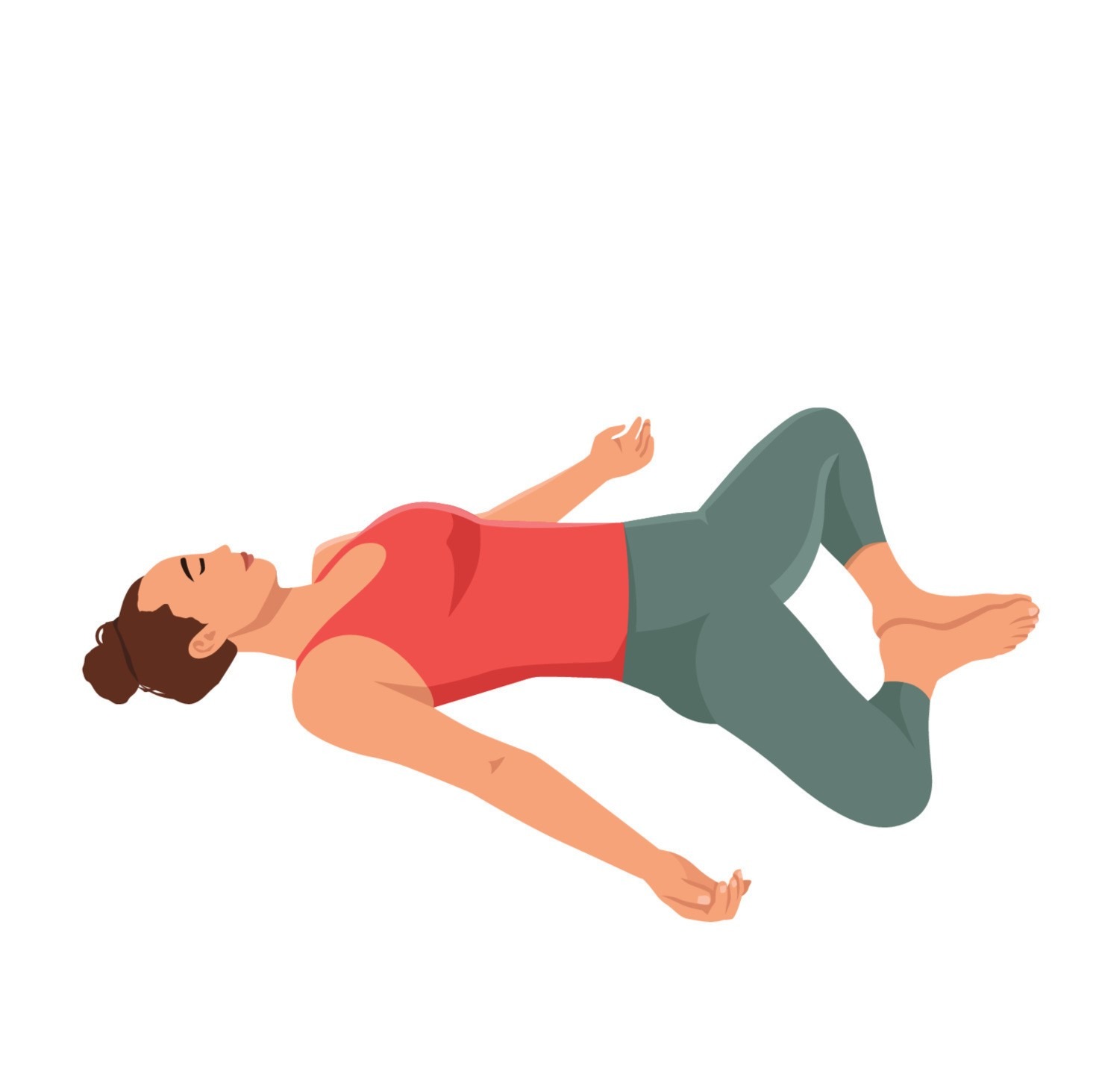
Supta Baddha Konasana (Reclining Bound Angle Pose)
This pose opens the hips, increases circulation to the pelvic region, and promotes relaxation, making it an excellent pose for fertility.
How to Perform: Lie on your back and bring the soles of your feet together, allowing your knees to fall outward. Place a bolster or pillow under your back for support if needed. Rest your arms by your sides and breathe deeply for 3-5 minutes.
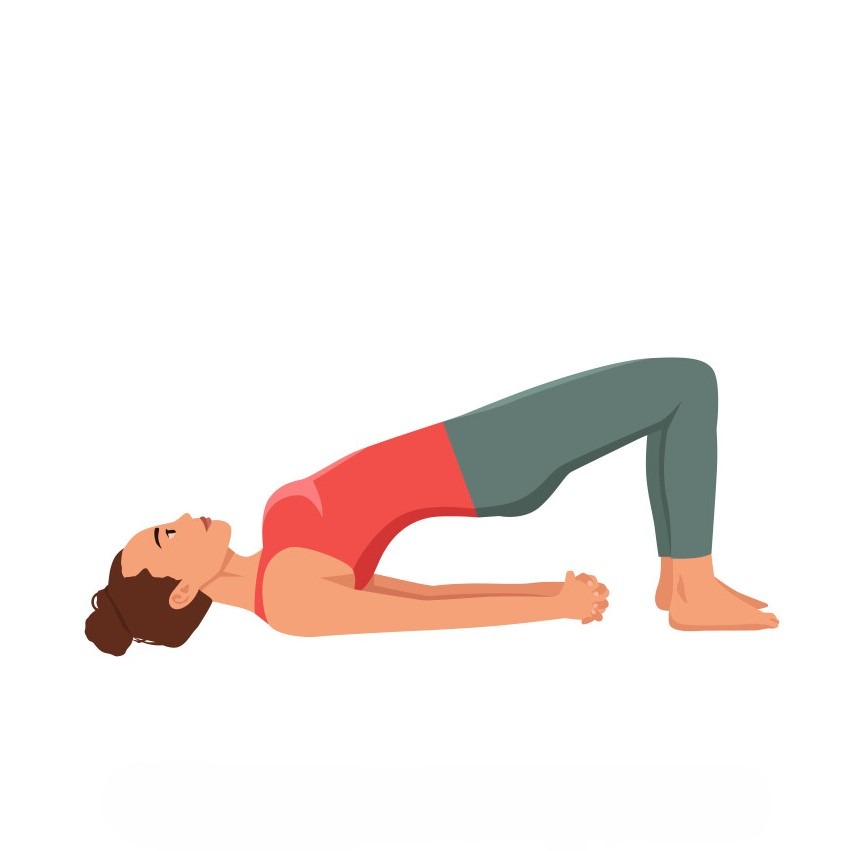
Setu Bandhasana (Bridge Pose)
The Bridge Pose strengthens the pelvic floor muscles and stimulates the thyroid gland, which plays a crucial role in hormone regulation.
How to Perform: Lie on your back with your knees bent and feet flat on the floor, hip-width apart. Press your feet into the floor as you lift your hips toward the ceiling. Interlace your fingers beneath your body and hold the pose for 1-2 minutes.

Balasana (Child’s Pose)
Child’s Pose is a gentle resting pose that calms the mind, relieves stress, and stretches the lower back and hips. <br> <br>
How to Perform: Kneel on the floor and sit back on your heels. Extend your arms forward and lower your forehead to the floor. Breathe deeply and hold the pose for 2-3 minutes.
Breathing Techniques
Breathing techniques, or pranayama, are an integral part of yoga for infertility. These techniques help calm the nervous system, reduce anxiety, and balance hormones. Here are two effective breathing exercises:

Nadi Shodhana (Alternate Nostril Breathing)
This technique balances the left and right hemispheres of the brain, promoting relaxation and mental clarity.
How to Perform: Sit comfortably with your spine straight. Use your right thumb to close your right nostril and inhale deeply through your left nostril. Close your left nostril with your right ring finger and exhale through your right nostril. Continue alternating for 5-10 minutes.

Bhramari (Bee Breath)
Bee Breath soothes the mind and reduces stress, making it ideal for those struggling with infertility. <br> <br>
How to Perform: Sit comfortably with your eyes closed. Inhale deeply and then exhale while making a humming sound, like the buzzing of a bee. Focus on the vibration in your throat and head. Repeat for 5-7 rounds.
Lifestyle Changes to Complement Yoga for Infertility
While yoga for infertility can significantly support your fertility journey, it is essential to complement it with a healthy lifestyle. Here are some lifestyle tips that can enhance your chances of conception:
- Balanced Diet: A diet rich in whole foods, fruits, vegetables, and lean proteins supports hormone balance and overall reproductive health. Include foods high in antioxidants, omega-3 fatty acids, and folic acid to promote fertility.
- Regular Exercise: In addition to yoga, regular physical activity such as walking, swimming, or cycling can improve circulation and reduce stress.
- Adequate Sleep: Aim for 7-8 hours of sleep each night to support hormone regulation and overall well-being.
- Avoiding Toxins: Limit exposure to environmental toxins such as pesticides, chemicals, and heavy metals, which can negatively impact fertility. opt for organic foods and natural cleaning products when possible.
- Mind-Body Connection: Practices such as meditation, journaling, and mindfulness can help you stay connected to your body and emotions, fostering a positive mindset during your fertility journey.
Many individuals and couples have found success in their fertility journeys through yoga for infertility. Stories of hope, resilience, and eventual conception highlight the transformative power of yoga. These stories serve as a reminder that, while the journey may be challenging, it is possible to overcome infertility with the right tools and mindset.
Consider joining a supportive community or group where you can share experiences and gain inspiration from others who are on a similar path.
Conclusion
Infertility can be a challenging and emotional journey, but with the holistic approach of yoga for infertility, you can take proactive steps toward enhancing your fertility and well-being. By incorporating yoga poses, breathing techniques, and lifestyle changes into your routine, you create a nurturing environment that supports conception and overall health.
Remember that every fertility journey is unique, and it’s essential to be patient and compassionate with yourself as you explore the benefits of yoga for infertility. Whether you’re just beginning your journey or seeking additional support, yoga offers a path of healing, empowerment, and hope.
Embrace this ancient practice, and let it guide you toward the fulfilment of your dreams of parenthood. Ready to explore how yoga can support your fertility goals? Join our specialized yoga classes for infertility today. Contact us to start your journey toward enhanced well-being and increased chances of conception.
Frequently Asked Questions about Yoga for Infertility
- Yoga for infertility involves specific poses, breathing techniques, and lifestyle practices designed to enhance fertility and support overall reproductive health.
Yoga helps reduce stress, balance hormones, improve blood flow to the reproductive organs, and promote relaxation, all of which can positively impact fertility.
Effective poses include Butterfly Pose (Baddha Konasana), Legs Up the Wall Pose (Viparita Karani), Reclining Bound Angle Pose (Supta Baddha Konasana), Bridge Pose (Setu Bandhasana), and Child’s Pose (Balasana).
For best results, aim to practice yoga for infertility 3-5 times a week. Consistency is key to experiencing the benefits.
Yoga should be seen as a complementary practice rather than a replacement for medical treatments. It can enhance overall well-being and support medical interventions.
Complement yoga with a balanced diet, regular exercise, adequate sleep, and reducing exposure to toxins to improve fertility.
Yes, techniques like Nadi Shodhana (Alternate Nostril Breathing) and Bhramari (Bee Breath) are beneficial for reducing stress and balancing hormones.
Results can vary from person to person. Some may experience benefits within a few weeks, while others may take several months. Consistent practice is essential for seeing long-term improvements.
Read Our Other Articles
Female Sex Hormones and Yoga: A Holistic Approach
Female Sex Hormones and Yoga A Holistic Approach...
Read MoreHow PCOS Impact your Mental Well-Being?
How DoesPCOS Impact YourMental Well-Being? Get 5 Day...
Read MoreBook Free Demo Class
45 Min Live Interactive Online Class




